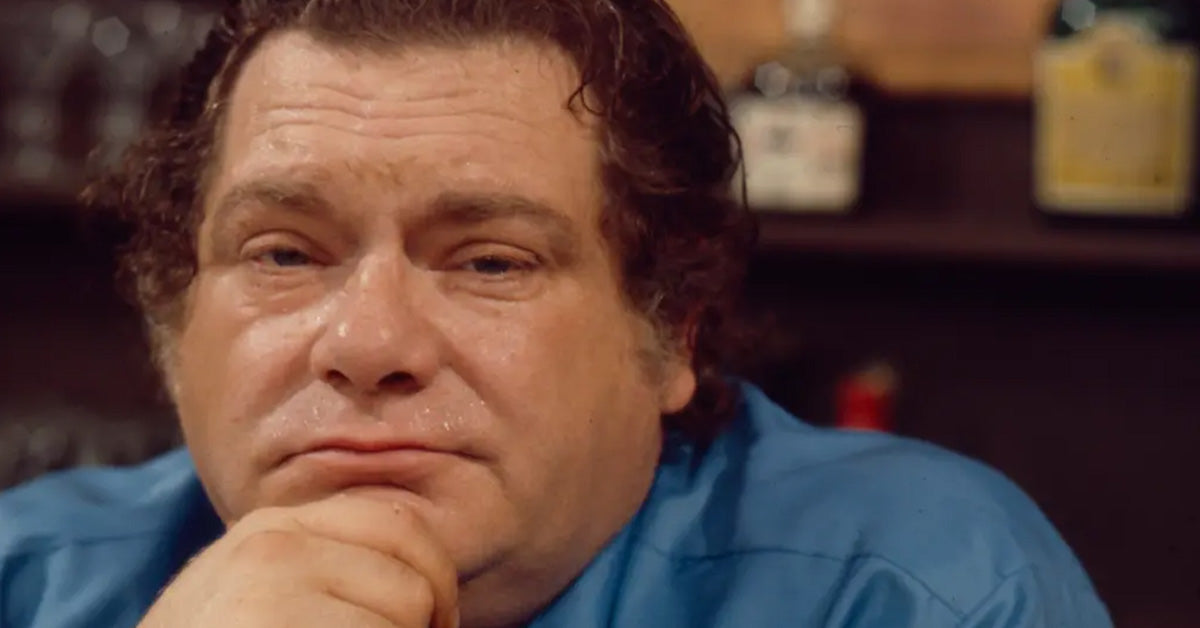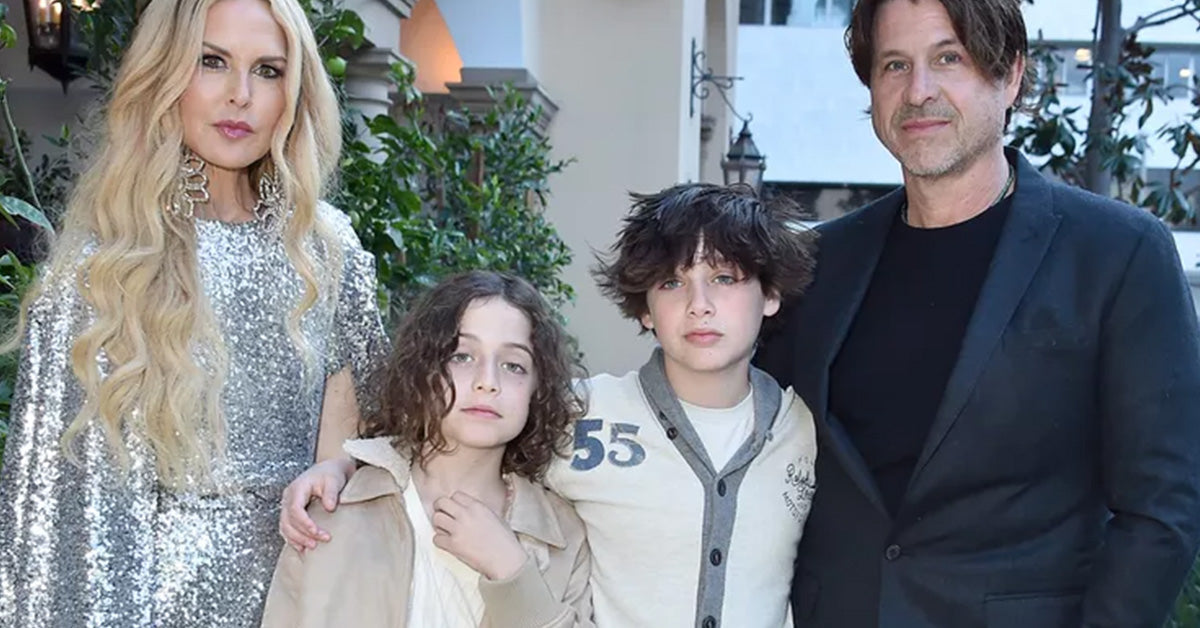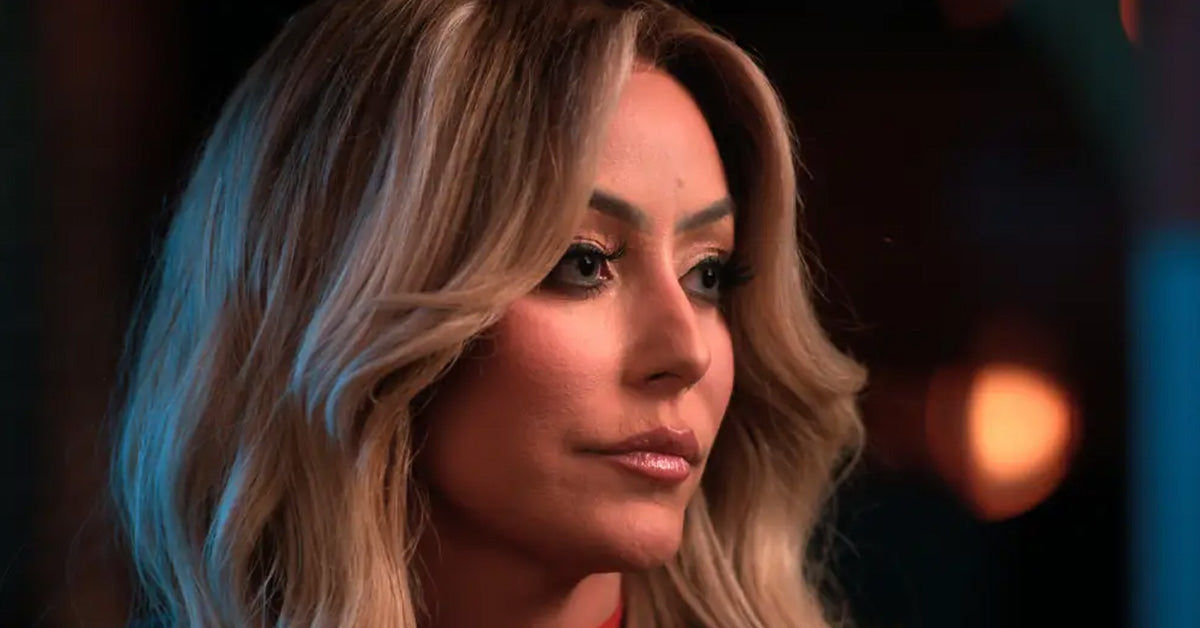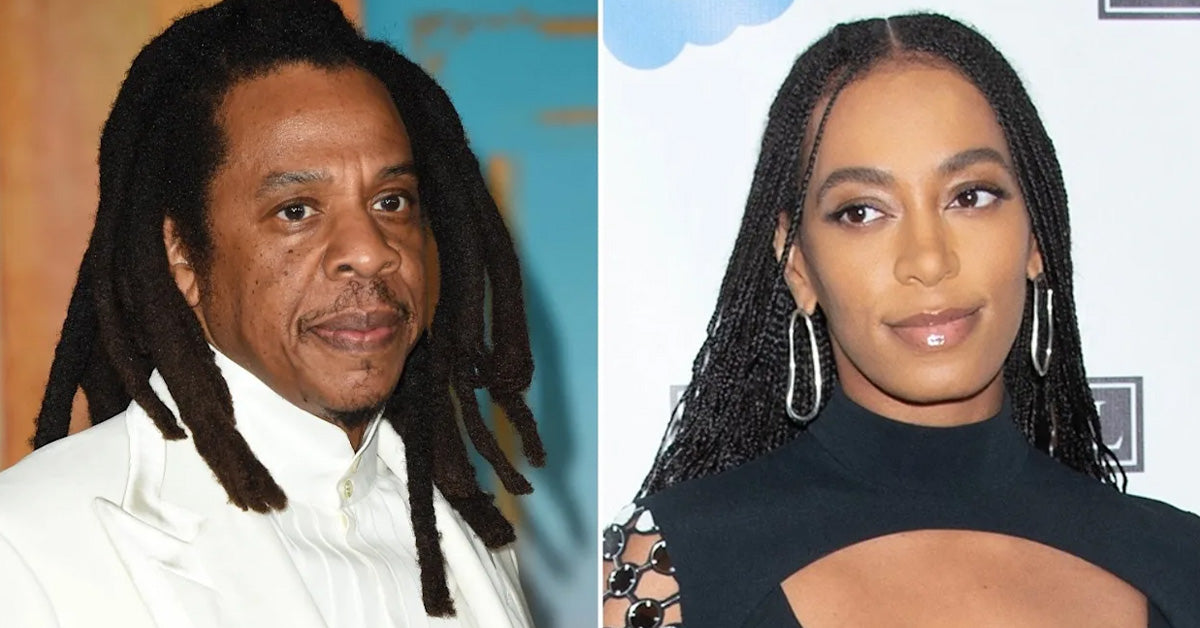When it comes to global fashion, certain garments carry a deep history and cultural resonance that transcend seasons and trends. The Djellaba (also spelled Jellaba or Jilbab) is one such timeless piece, weaving together tradition, practicality, and evolving style. But what exactly is a Djellaba, and why does it hold such enduring appeal both in North Africa and on runways worldwide? Let’s dive deep into the story behind this iconic robe, exploring its origins, design elements, cultural significance, and its place in contemporary fashion.
Origins and Historical Roots of the Djellaba
The Djellaba traces its roots to the Maghreb region of North Africa, encompassing countries like Morocco, Algeria, and Tunisia. The word "Djellaba" is believed to have originated from the Arabic word "jallāba," which refers to a type of garment or cloak. Historically, it was worn by Berber, Arab, and other local populations as a practical response to the region’s varying climate—offering protection from both the harsh sun and cold desert nights.
The Djellaba’s history spans centuries, evolving from a utilitarian robe to a garment rich with symbolism and cultural pride. Traditionally, it has been worn by men and women alike, although there are stylistic differences in terms of cut, color, and embellishment based on gender, region, and occasion.
Characteristics: What Makes a Djellaba Unique?
The Djellaba is instantly recognizable thanks to several defining features. Here are the key characteristics that distinguish this garment:
- Full-Length Robe: Djellabas are typically ankle-length, offering maximum coverage and a flowing silhouette.
- Long, Wide Sleeves: Designed for comfort and ease of movement, the sleeves are often wide and loose.
- Pointed Hood (Qob): One of the most iconic elements is the large, pointed hood, known as the qob. This serves both practical and symbolic purposes—shielding from the sun, sand, or cold, and denoting regional identity.
- Lightweight or Heavy Fabrics: Djellabas can be made from various materials, ranging from lightweight cotton or linen for summer to thick wool for winter.
- Decorative Embroidery: Many Djellabas feature intricate hand-embroidery along the seams, cuffs, and hood, often in contrasting thread. This embellishment can indicate social status, family heritage, or regional origin.
- Loose Fit: The garment is designed to be loose and airy, making it ideal for layering and comfort in diverse weather conditions.
Djellaba vs. Other Traditional Robes
While the Djellaba shares similarities with other traditional garments like the kaftan, abaya, and galabeya, it is distinct in its construction and cultural context. The kaftan, for instance, often lacks the pointed hood and is typically more fitted or ornate, especially for formal occasions. The abaya is commonly worn in the Middle East and usually does not feature a hood. The Djellaba’s unique combination of the qob (hood), loose fit, and regional embroidery makes it a standout piece in the world of traditional attire.
Cultural Significance and Symbolism
The Djellaba is much more than a garment—it’s a symbol of identity, modesty, and heritage in North Africa. Wearing the Djellaba often signals a connection to tradition and respect for cultural values. In Morocco, for example, it is worn during religious festivals, weddings, and communal gatherings, as well as in everyday life.
The garment also serves as a social equalizer. Its loose silhouette and simple construction make it accessible to people across different social and economic backgrounds. At the same time, the level of detail in the embroidery or the quality of the fabric can denote a wearer’s social status or region of origin.
In recent years, the Djellaba has become a powerful symbol of cultural pride and a source of inspiration for designers seeking to blend tradition with contemporary flair.
Modern Interpretations: Djellaba in Contemporary Fashion
As global fashion increasingly looks to traditional garments for inspiration, the Djellaba has found a place on both high-fashion runways and in everyday street style. Designers are reimagining the Djellaba in new colors, fabrics, and cuts, sometimes fusing it with Western silhouettes or incorporating modern embellishments.
Key ways the Djellaba is being reinterpreted today include:
- Gender Fluidity: Modern Djellabas are often designed to be unisex, with minimal differences between men’s and women’s versions.
- Urban Streetwear: The loose, comfortable fit makes it a favorite for contemporary streetwear, often styled with sneakers or casual accessories.
- Luxury Fabrics: Designers are using silks, velvets, and even metallic fabrics, elevating the Djellaba from everyday attire to a statement piece for special occasions.
- Global Runways: International fashion houses and North African designers alike are showcasing the Djellaba’s versatility at fashion weeks around the world.
This cross-cultural exchange has helped the Djellaba gain global recognition, cementing its place as a garment that bridges past and present, East and West.
How to Style a Djellaba
Styling a Djellaba can be both traditional and innovative, depending on the occasion and personal taste. Here are some ideas:
- Traditional Approach: Pair with simple sandals or leather slippers (babouches), and minimal jewelry for an authentic North African look.
- Modern Fusion: Layer over jeans or leggings, add a belt for definition, and accessorize with contemporary footwear or statement jewelry.
- Occasion Wear: Opt for a Djellaba with elaborate embroidery or luxe fabrics for special events or celebrations.
The Djellaba’s versatility ensures it can transition from day to night, casual to formal, and traditional to modern with ease.
Why the Djellaba Matters in Fashion Today
In an era where fashion is increasingly about authenticity, sustainability, and cultural storytelling, the Djellaba stands out as a garment that embodies all three. It is typically crafted from natural materials, often hand-embroidered by artisans, and worn across generations. This makes it not just a fashion statement, but a living piece of history and heritage.
As cultural appreciation and heritage preservation gain importance in the fashion industry, the Djellaba continues to inspire designers and wearers alike, proving that style can indeed be timeless.
Frequently Asked Questions about Djellaba (Jellaba)
-
Q: What is the difference between a Djellaba and a Kaftan?
A Djellaba features a pointed hood (qob) and is typically looser and more utilitarian. The kaftan, often hoodless, is more fitted and ornate, especially for formal events.
-
Q: Can women wear Djellabas?
Absolutely! Djellabas are worn by men and women alike, with variations in color, cut, and embellishment to suit gender and personal style.
-
Q: Is the Djellaba worn for special occasions or daily life?
Both. Djellabas are versatile—worn daily for comfort and modesty, or in more elaborate versions for weddings, festivals, and religious holidays.
-
Q: What materials are Djellabas made from?
Traditionally, they are made from wool for winter and cotton or linen for summer. Modern versions may use a variety of fabrics, including silk or velvet.
-
Q: How do I pronounce ‘Djellaba’?
Djellaba is typically pronounced as “jeh-LAH-bah” with a soft 'j' and emphasis on the second syllable.
The Djellaba is more than just a garment; it’s a vibrant thread in the fabric of North African identity and a testament to the enduring power of traditional fashion in a modern world.










